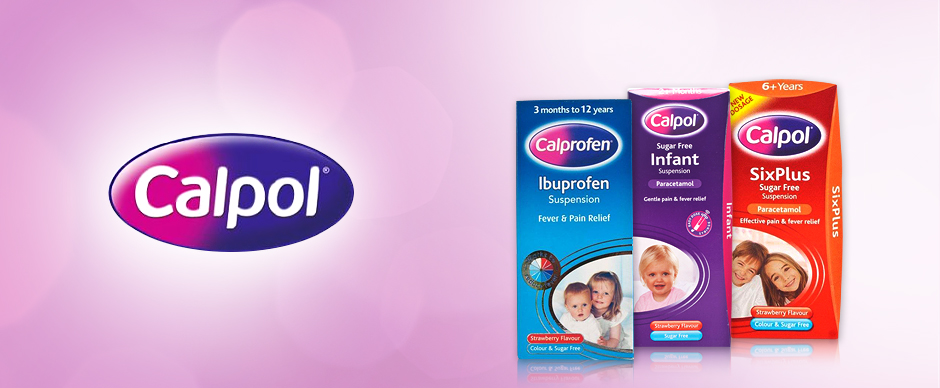
About Teething
There are a number of symptoms that will tell you that a new tooth is on the way. Irritability, restless nights and a lot of dribbling are good indicators, and your baby will probably try to chew everything they can get their hands on. The cheek on the affected side can become hot and flushed as the tooth pushes upwards. You might be able to feel a lump on your baby's gum and you may even see a white patch in some cases.
Some babies don't experience any pain while they're teething. Others really feel it – and it's no wonder: the pain is caused by movement within their developing jaw bone. Likewise, some teeth come through easily whilst others cause pain and discomfort. Fortunately for your little one, once the tooth has emerged, the discomfort normally stops.
Treating the symptoms:
There are lots of ways you can help ease the discomfort of teething.
You can try rubbing the gums gently with your little finger. You can give your baby something to chew on - a teething ring can help soothe the gums, especially if you cool it in the fridge beforehand (just don't put it in the freezer, or it may damage your baby's gums). As always, you should follow the manufacturer's instructions.
If your baby is older than 3 months, you can use a sugar free teething gel such as Calgel Teething Gel to help reduce the pain. Containing a mild anaesthetic, it can be applied directly to your baby's gum to numb the area.
If your baby still seems uncomfortable, a pain reliever could help. You could try Calprofen Ibuprofen Suspension, which is great for soothing teething pain.
Of course, alongside these tips, a big cuddle can work wonders too.
This is for background information only. If you are at all concerned or in any doubt contact your GP.

